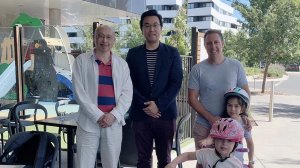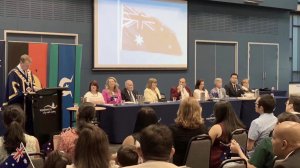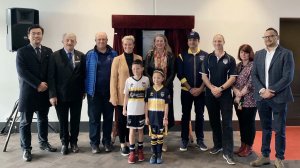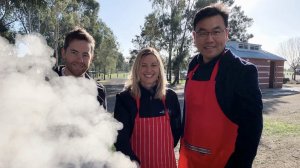Sanctuary Lakes suburb bid lost
Wyndham council has shot down a push to turn Sanctuary Lakes into a suburb in its own right – despite 84.5 per cent of respondents to a survey voting in favour of the proposal.
Following five weeks of community consultation, a council report recommended against councillors supporting the proposal because there was not an obvious preferred boundary option, there was no clear community benefit and because two schools had expressed concerns about federal government funding if they were part of a Sanctuary Lakes catchment.
Cr Tony Hooper said there was no adequate justification for a change, with only 2127 responses being received from 11,000 surveys.
He was among a number of councillors to question why, if approved, the suburb would take on the Hobsons Bay postcode of 3028.
Councillor Mia Shaw added: “I’m also really concerned about the precedent that we could be setting by effectively ignoring our own policy and having suburbs named after commercial housing estates.”
Cr Aaron An said the council should factor in community support for the change.
“Given that almost 85 per cent of the people who voted as part of the consultation supported the proposal, I feel this should be reflected in the council’s decision making,” he said.
The vote was divided, with Josh Gilligan, Kim McAliney, Walter Villagonzalo and Aaron An voting in support of Sanctuary Lakes becoming a suburb.
Tony Hooper, Heather Marcus, Mia Shaw and Peter Maynard voted against the proposal.
As the chair of the meeting, Cr Maynard had the deciding vote.
Sanctuary Lakes resident Angela York branded the decision an attack on democracy.
“The council officers and those councillors who voted against our wishes should be ashamed,” she said.
Sanctuary Lakes Resort Services chairman Craig Pitts said the council had misrepresented the survey’s findings, adding that there would be no impact on school funding if Sanctuary Lakes became a suburb.
He called on the council to make all documentation relating to the survey public – including correspondence between any government agencies, council and councillors – to help residents understand the reasoning behind the council’s decision.





























